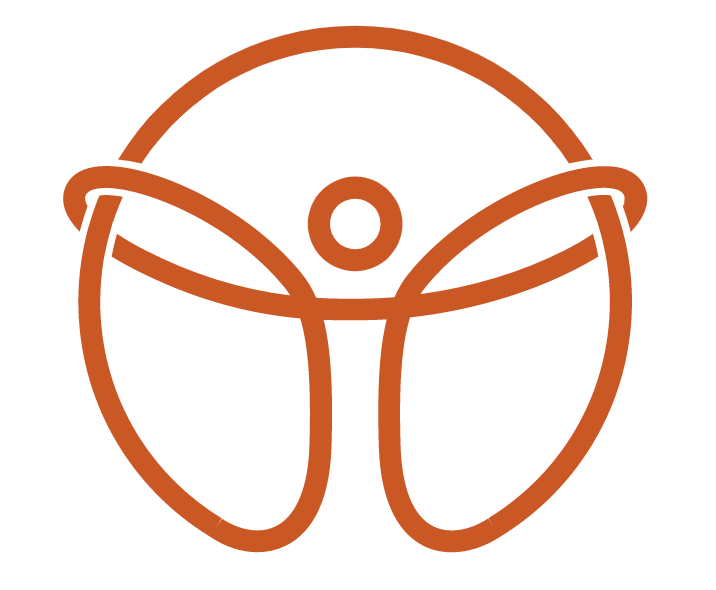Cupping vs. Dry Needling: Understanding the Differences in Chiropractic Care
When seeking relief from muscle pain, tension, or restricted movement, you may come across two popular techniques offered in many chiropractic offices: cupping and dry needling. While both therapies aim to alleviate musculoskeletal issues, they work in distinct ways. In this blog, we'll break down the differences between cupping and dry needling, including how they work from a physiological perspective and what benefits they offer.
What Is Cupping?
Cupping is an ancient therapy that involves placing special cups on the skin to create suction. This suction pulls the skin and underlying tissues upward, which can help with pain relief, muscle relaxation, and improved circulation. Cupping is often associated with traditional Chinese medicine but is widely used in modern chiropractic care.
How Cupping Works
The suction created by the cups draws blood to the surface, which increases blood flow to the targeted area. This influx of blood brings nutrients and oxygen that help repair tissues and reduce inflammation. It also helps to loosen tight muscles and promote the release of built-up toxins in the tissues.
From a physiological perspective, the suction causes microtrauma and mechanical stretching of the tissue, which stimulates the body's natural healing processes. The increased circulation helps to break up stagnant areas and encourages lymphatic drainage, helping to reduce swelling and remove waste products from the tissues.
What Is Dry Needling?
Dry needling involves inserting thin, sterile needles directly into the muscle knots, or trigger points, to release tension and improve function. Unlike acupuncture, which is based on traditional Chinese medicine principles, dry needling focuses on specific muscular and neurological dysfunctions.
How does Dry Needling Work?
When a needle is inserted into a trigger point, it creates a local twitch response—a brief contraction of the muscle followed by relaxation. This response helps to reset the muscle's tone and relieve tightness.
Physiologically, dry needling stimulates the nervous system and encourages the body to release endorphins, which are natural painkillers. The insertion of the needle also promotes blood flow to the area, enhancing the healing process by delivering more oxygen and nutrients to the affected tissue and removing waste products.
Key Differences Between Cupping and Dry Needling
1. Technique
Cupping: Uses suction created by cups to lift the skin and underlying tissues.
Dry Needling: Involves inserting needles directly into muscle knots or trigger points.
2. Sensation
Cupping: Patients often feel a pulling or tight sensation during the treatment, and sometimes temporary circular marks remain on the skin.
Dry Needling: Patients might feel a brief muscle twitch or ache when the needle hits the trigger point.
3. Focus Areas
Cupping: Works on broader areas, improving overall circulation and tissue relaxation.
Dry Needling: Targets specific trigger points within muscles for precise relief.
4. Duration of Effects
Cupping: Provides a more generalized sense of relief, which can last for several days.
Dry Needling: Offers targeted relief that can result in a longer-lasting improvement in muscle function.
When to Choose Cupping or Dry Needling
Both cupping and dry needling can be effective in treating muscle pain, stiffness, and restricted movement. The choice between the two often depends on the nature of your condition and personal preference:
Cupping is ideal for those looking to improve overall circulation, reduce inflammation, or relax larger muscle areas.
Dry Needling is better suited for patients with specific muscle knots or trigger points causing localized pain or dysfunction.
Your chiropractor can assess your condition and recommend the best approach for your needs.
Cupping and dry needling are two powerful tools in a chiropractor’s arsenal, each offering unique benefits for relieving muscle tension and promoting healing. Understanding the differences between these therapies can help you make an informed decision about your care. Whether you opt for the broad relaxation of cupping or the targeted precision of dry needling, both methods can help you move better and feel your best.
If you're curious about how these treatments can help you, contact MVMT STL Health and Wellness for a personalized consultation.
---
Devon Ackroyd, DC, MS, DACBSP, is a sports chiropractor dedicated to whole-body wellness. Visit http://www.mvmtstl.com to learn more about our services.

